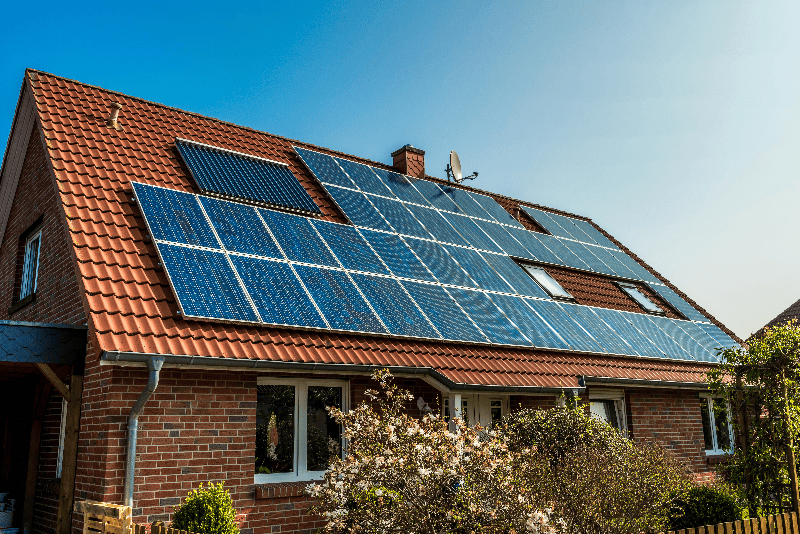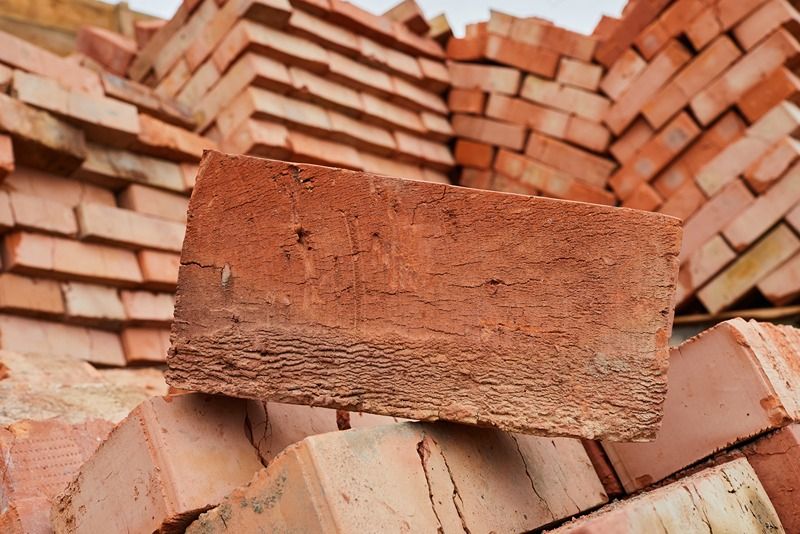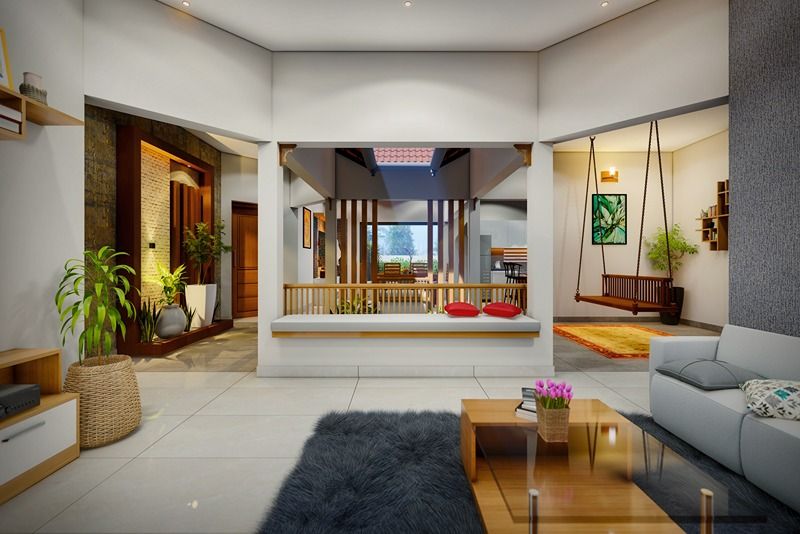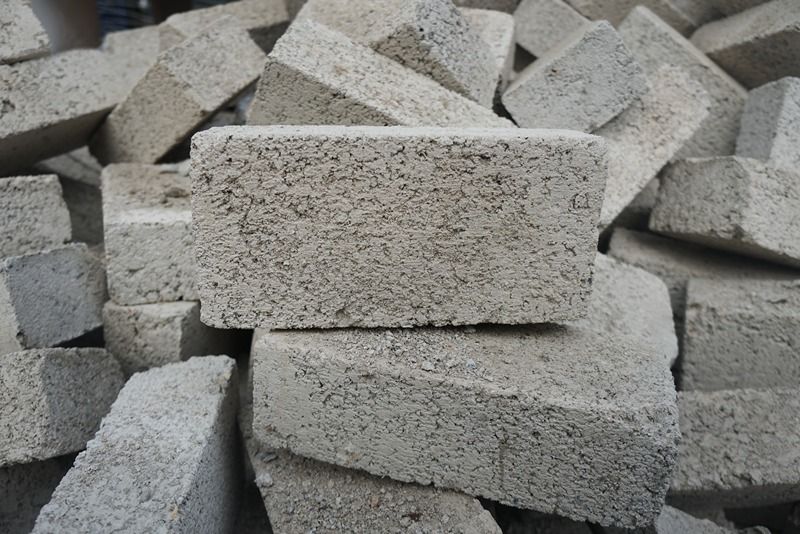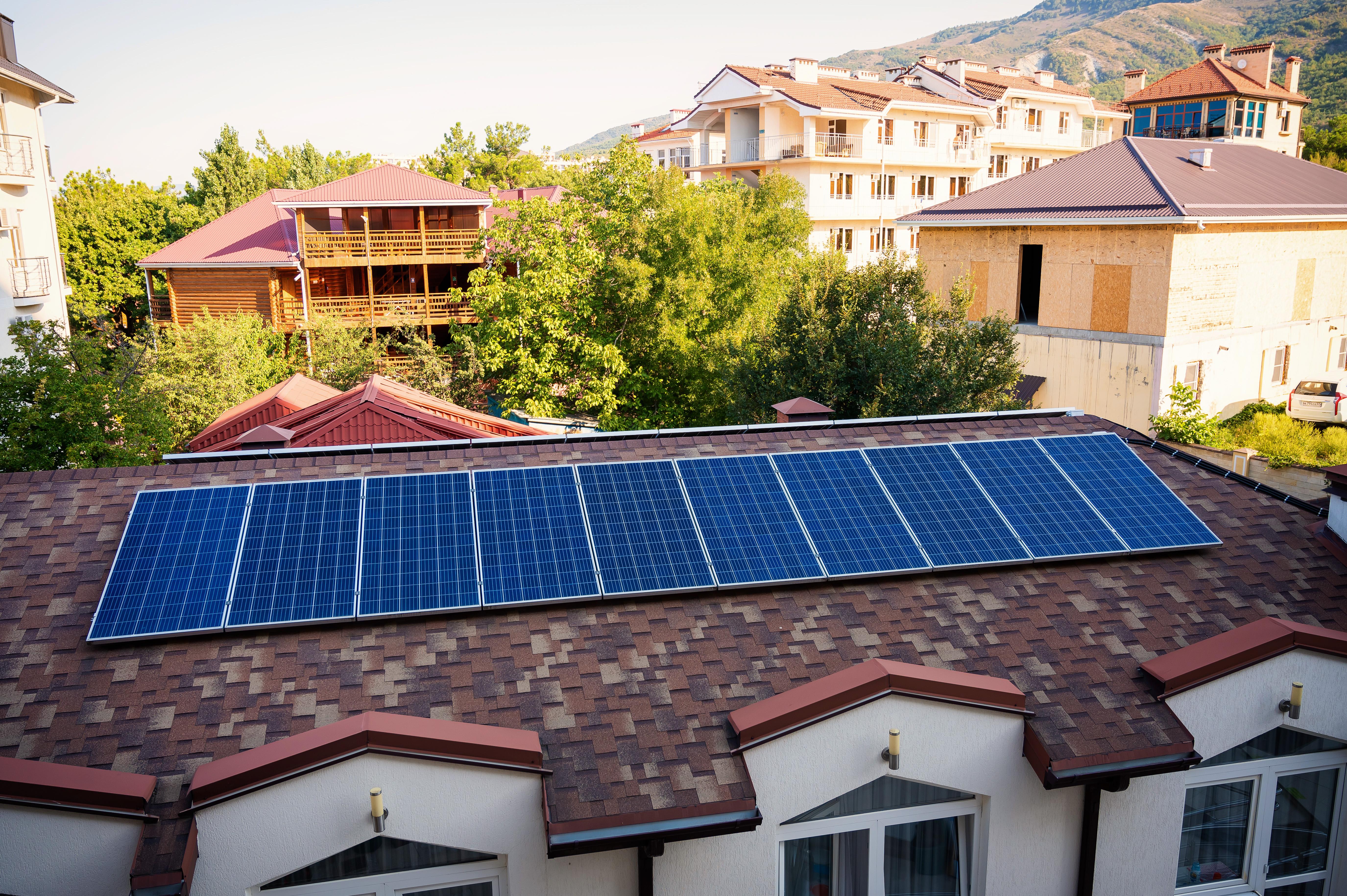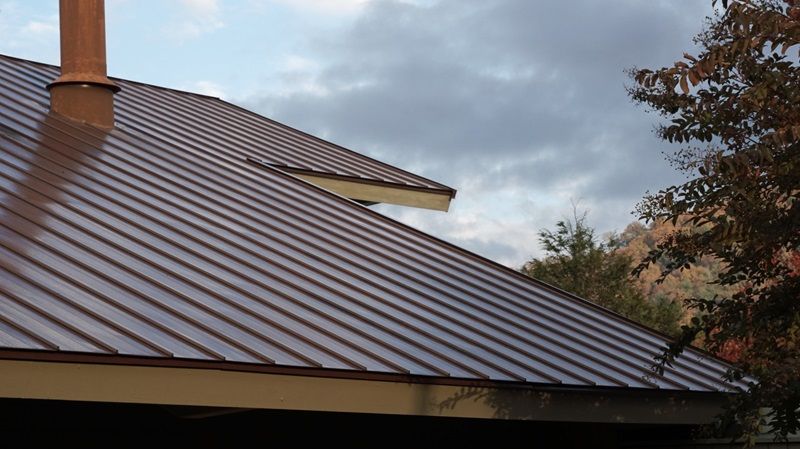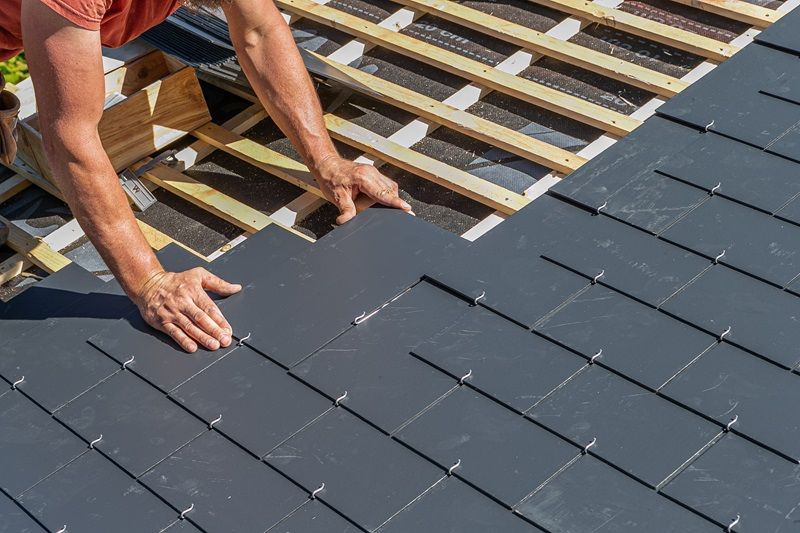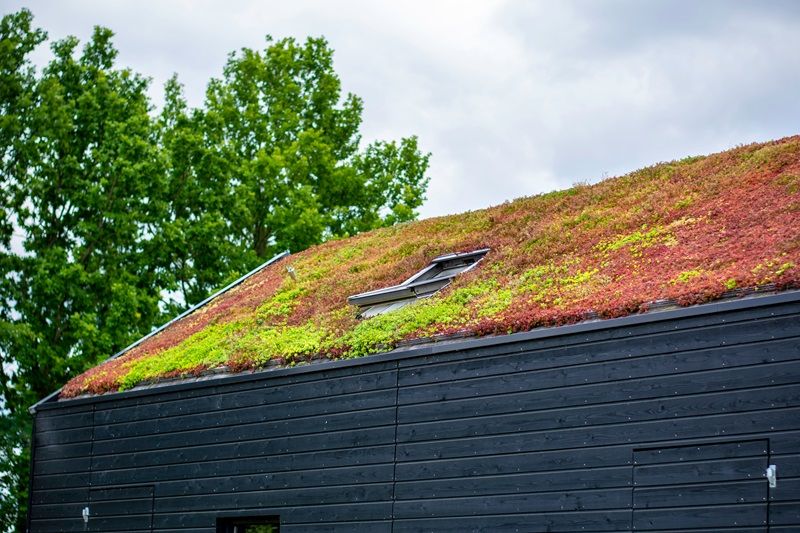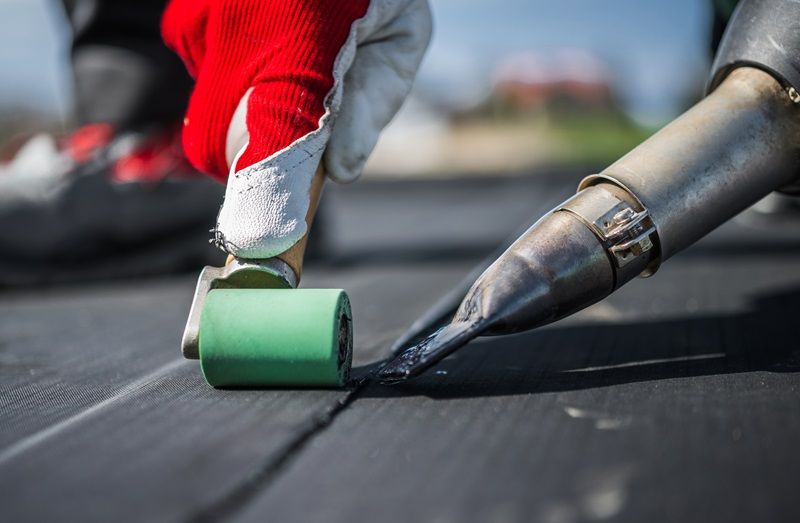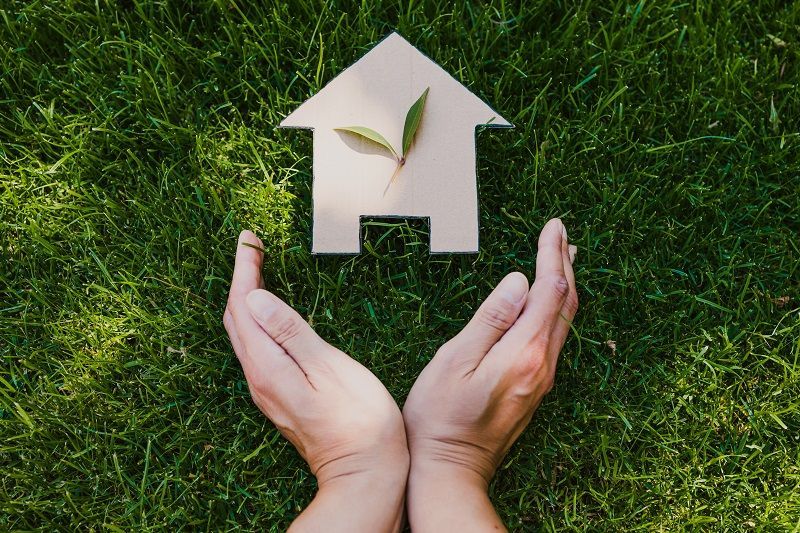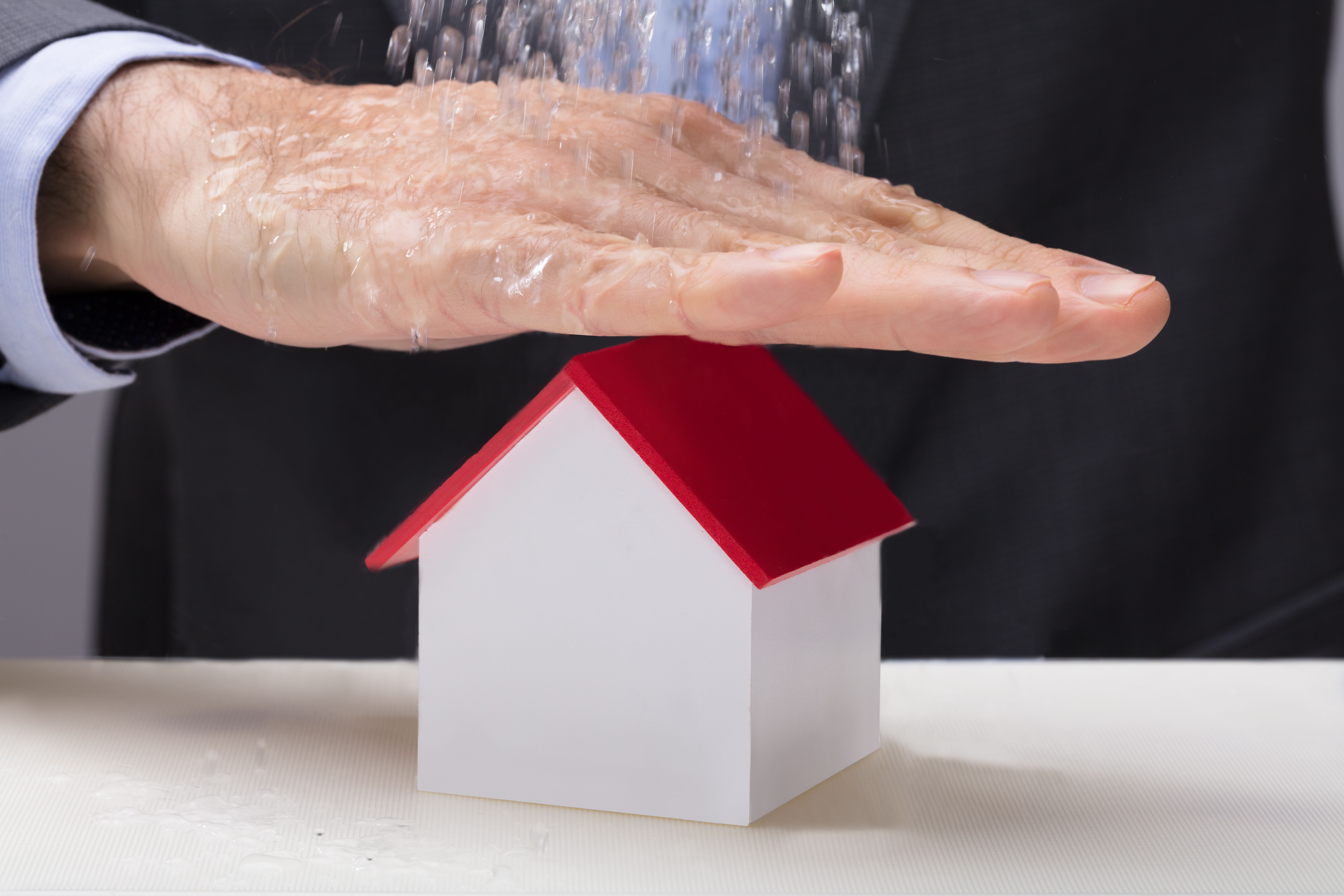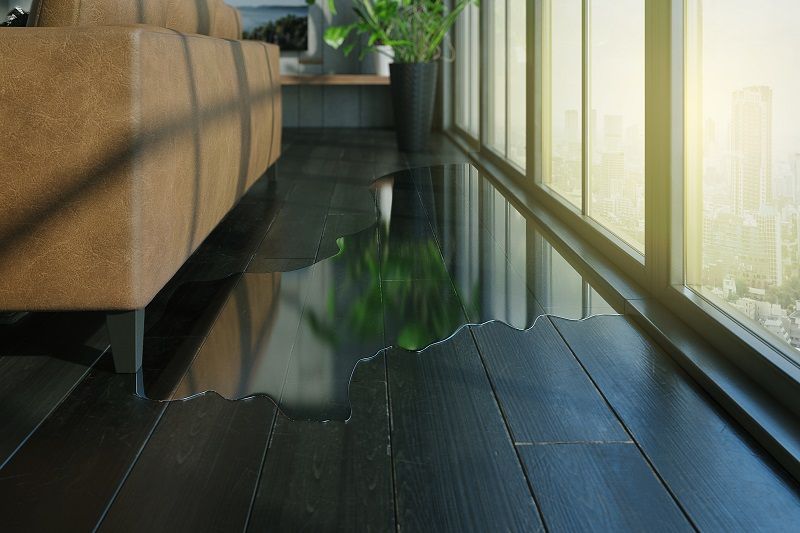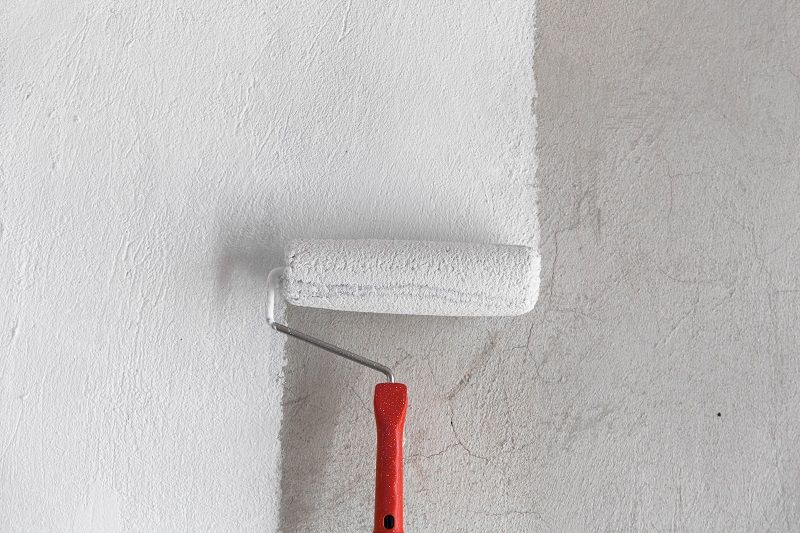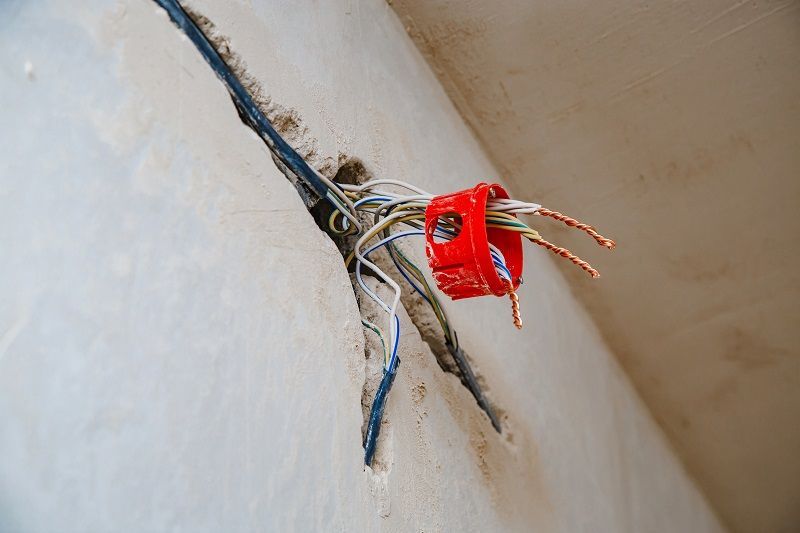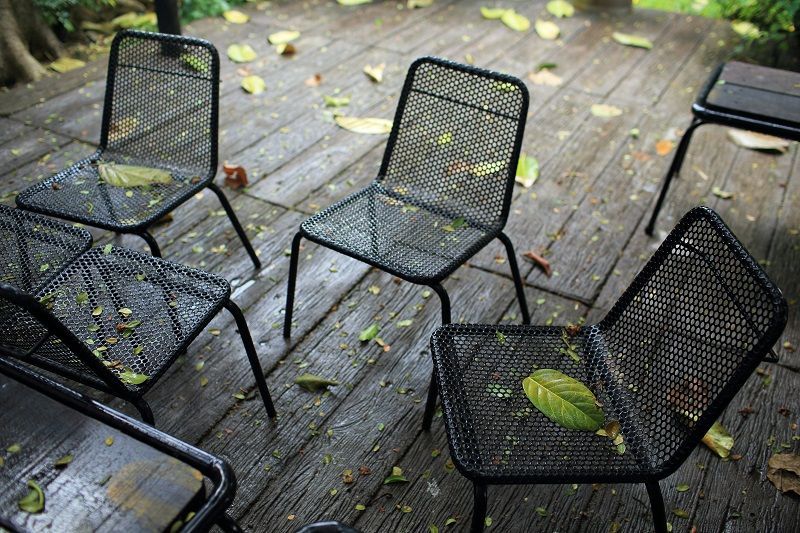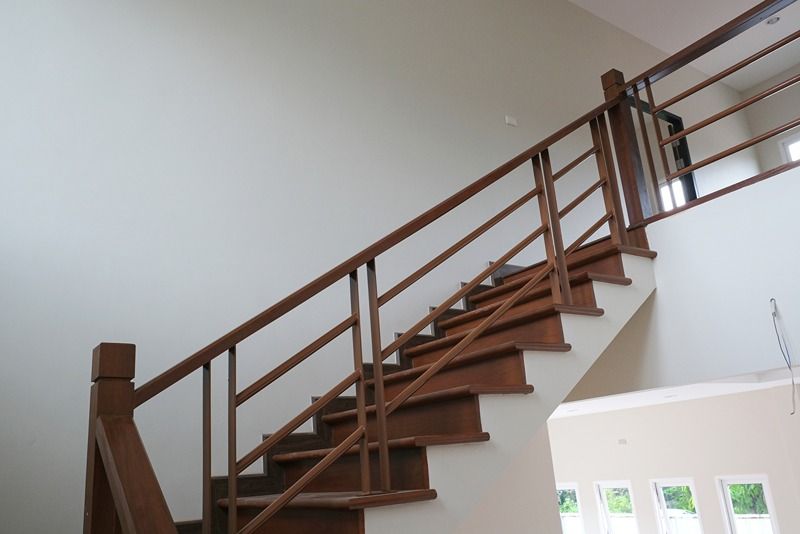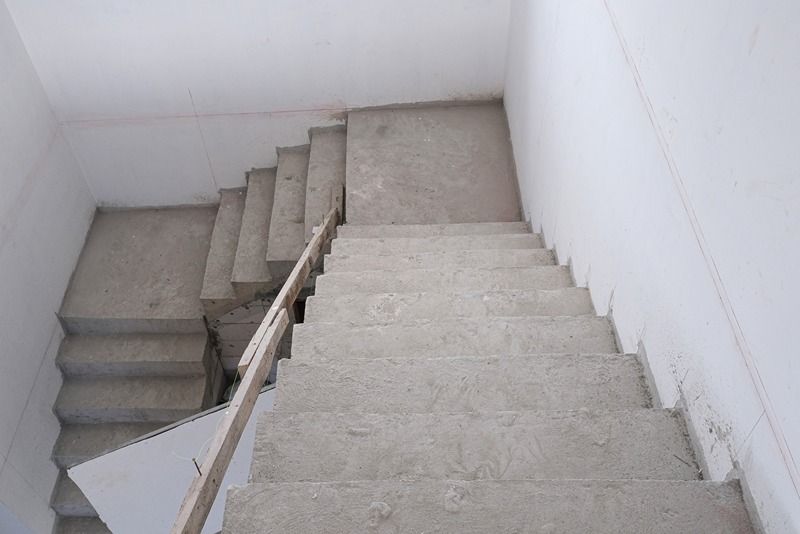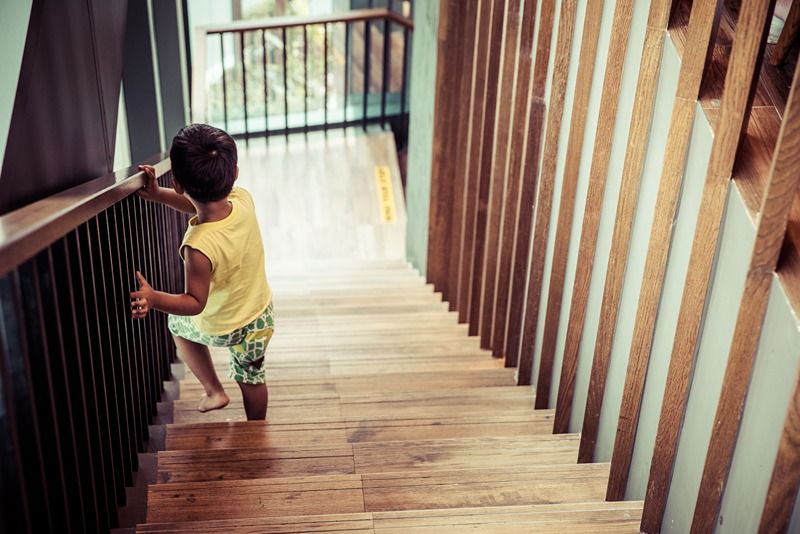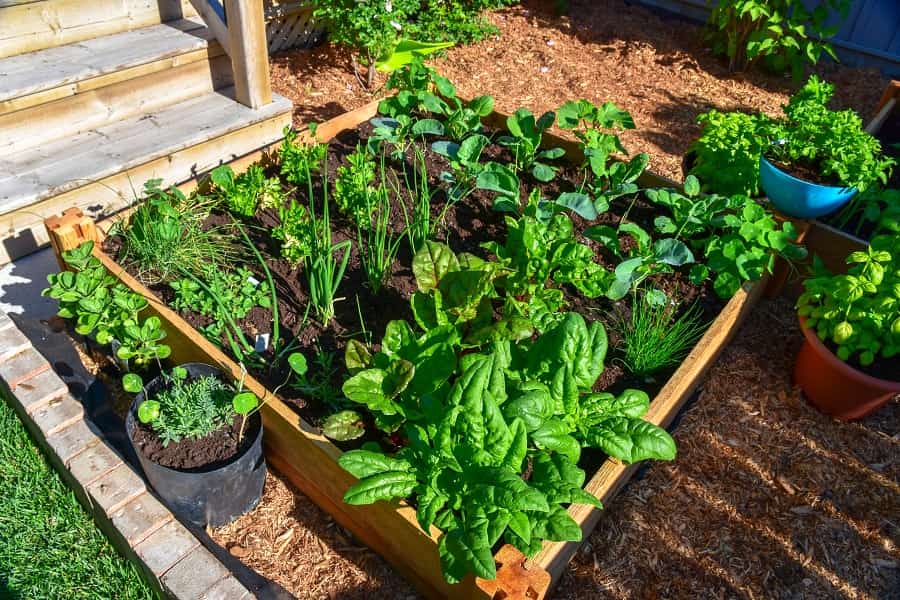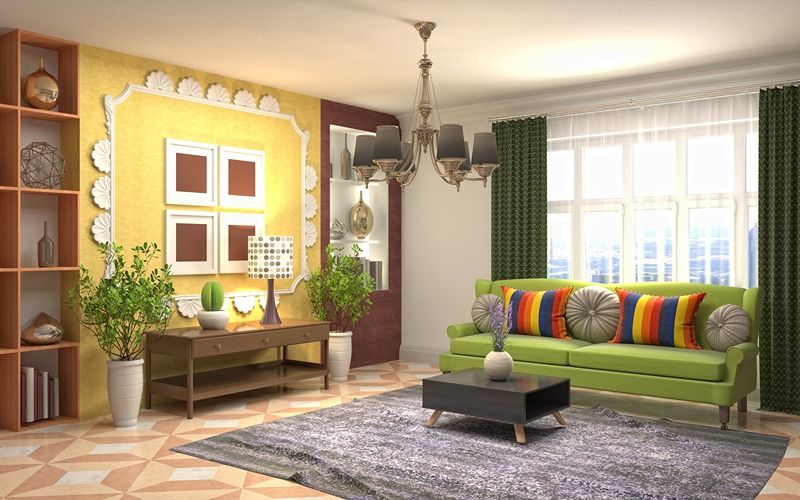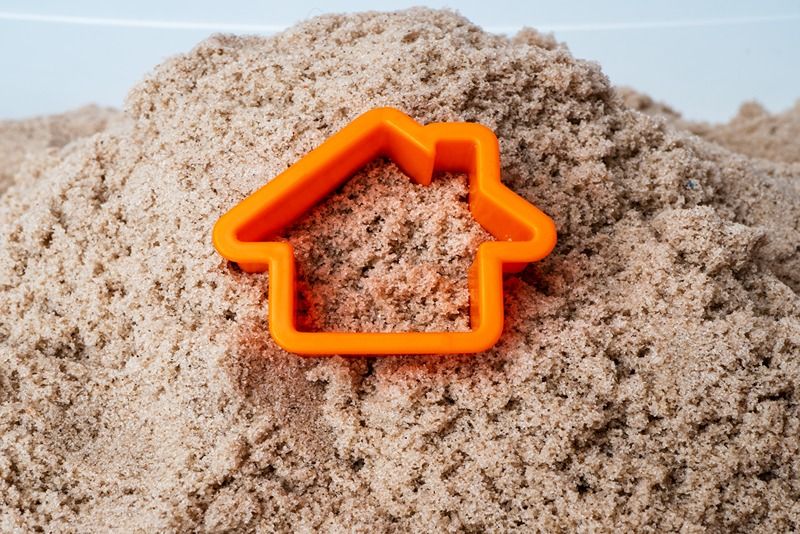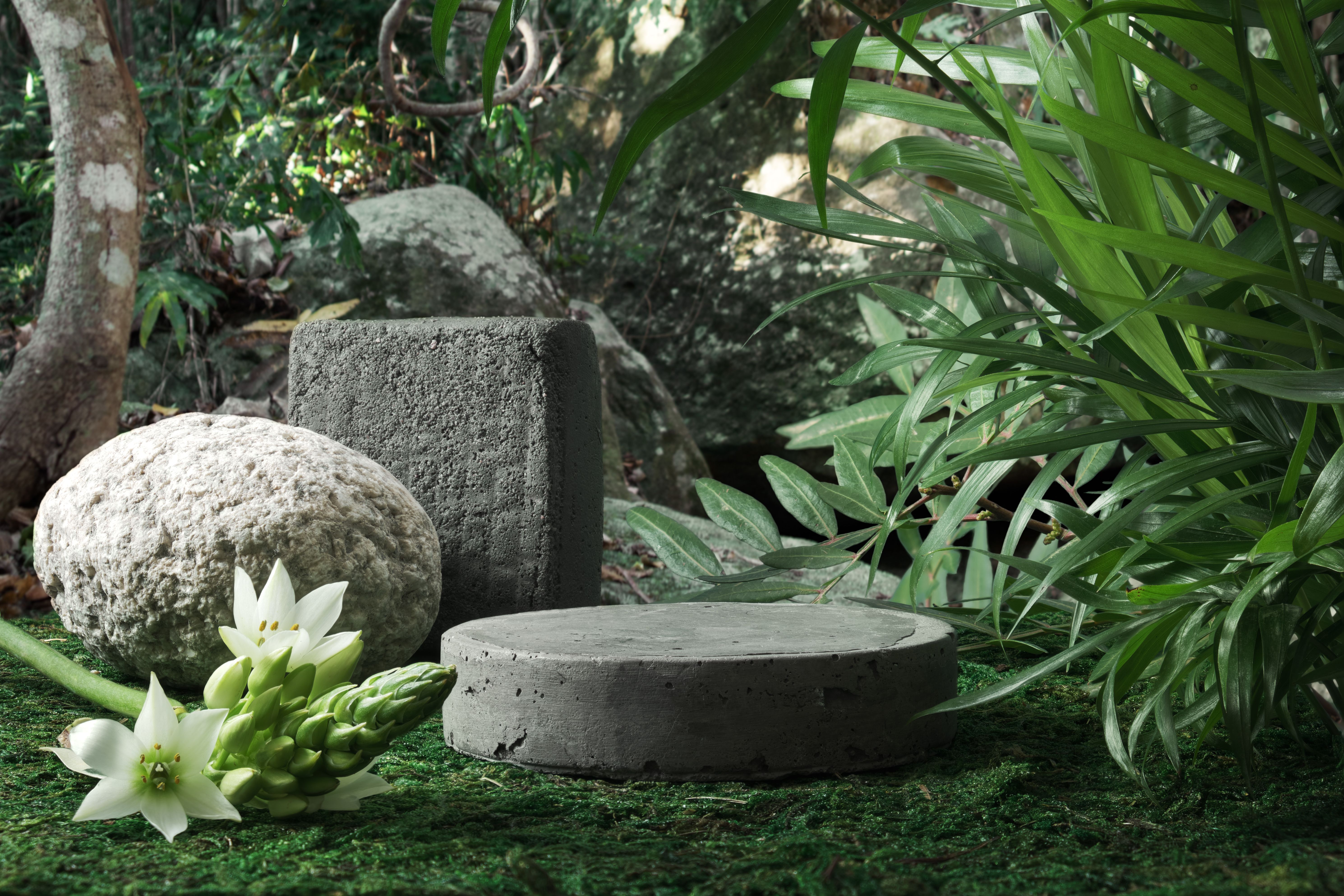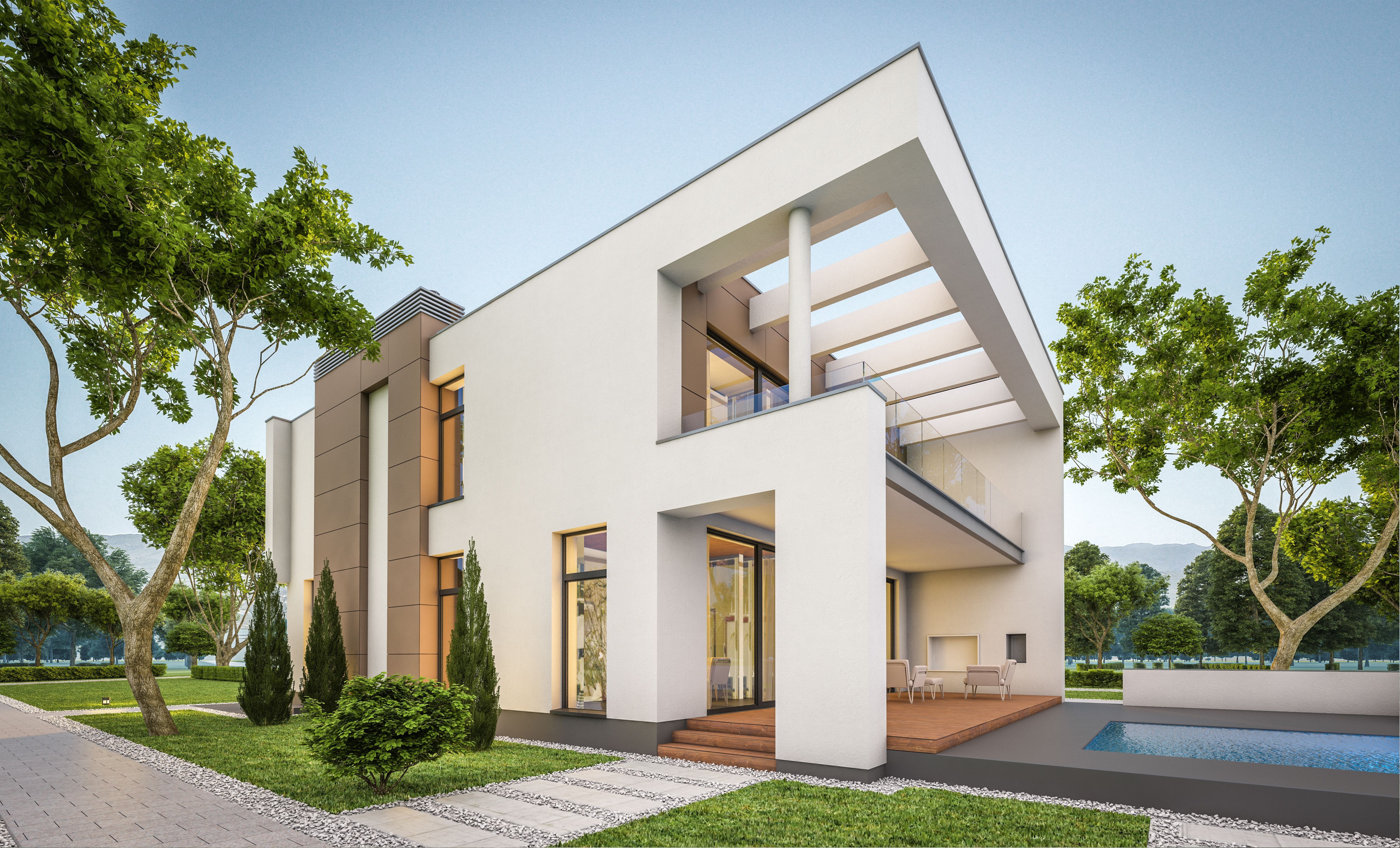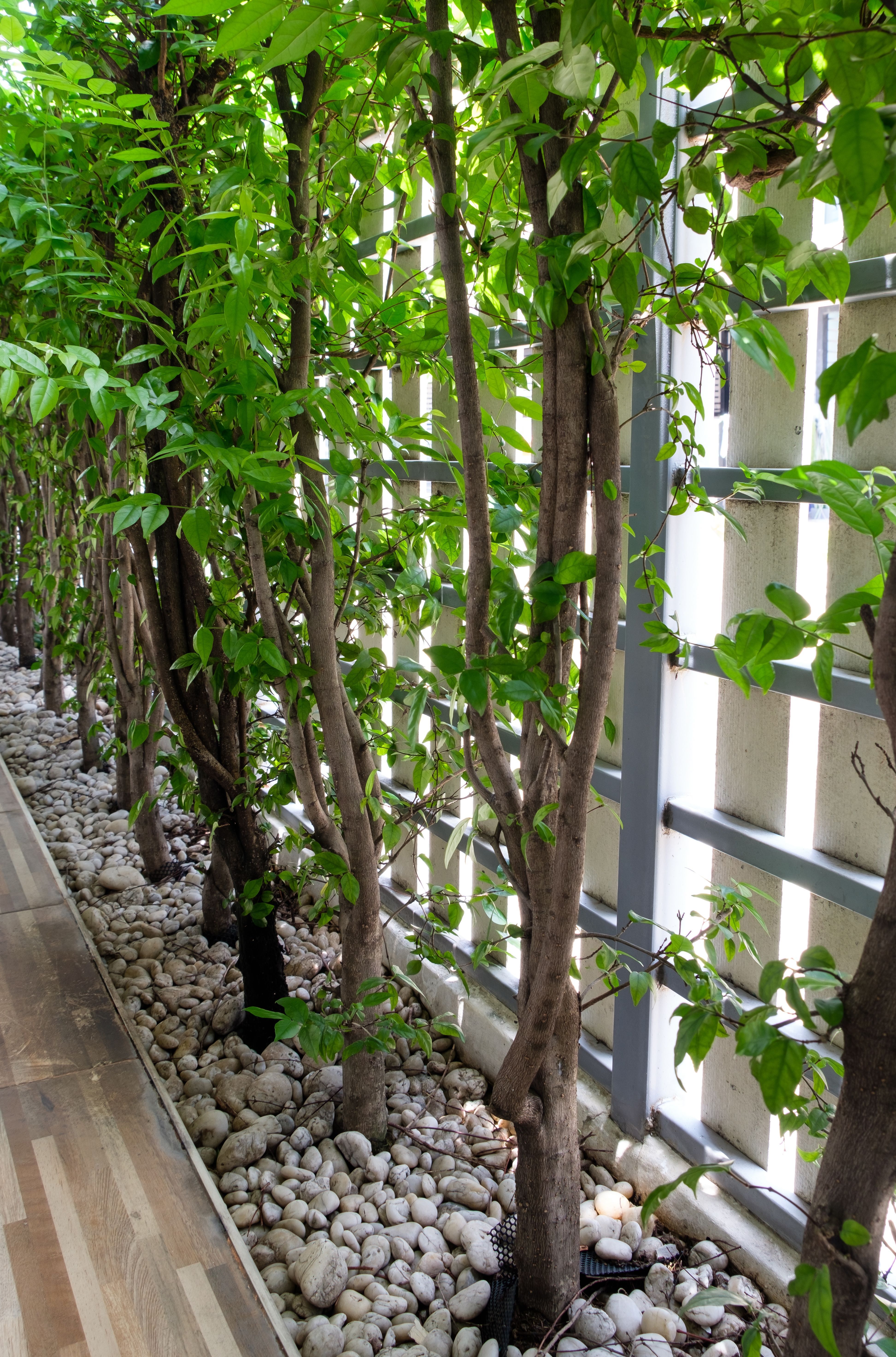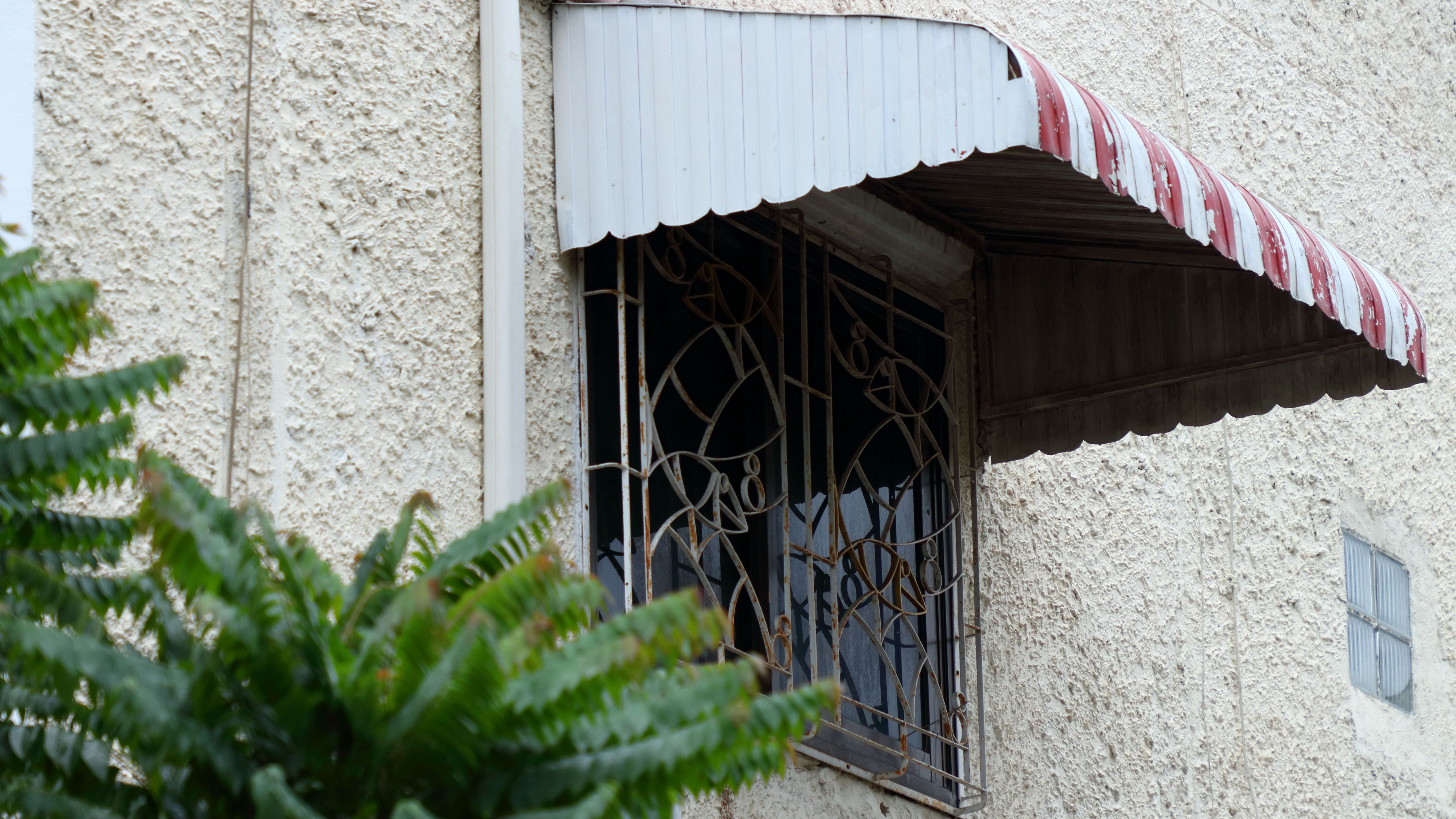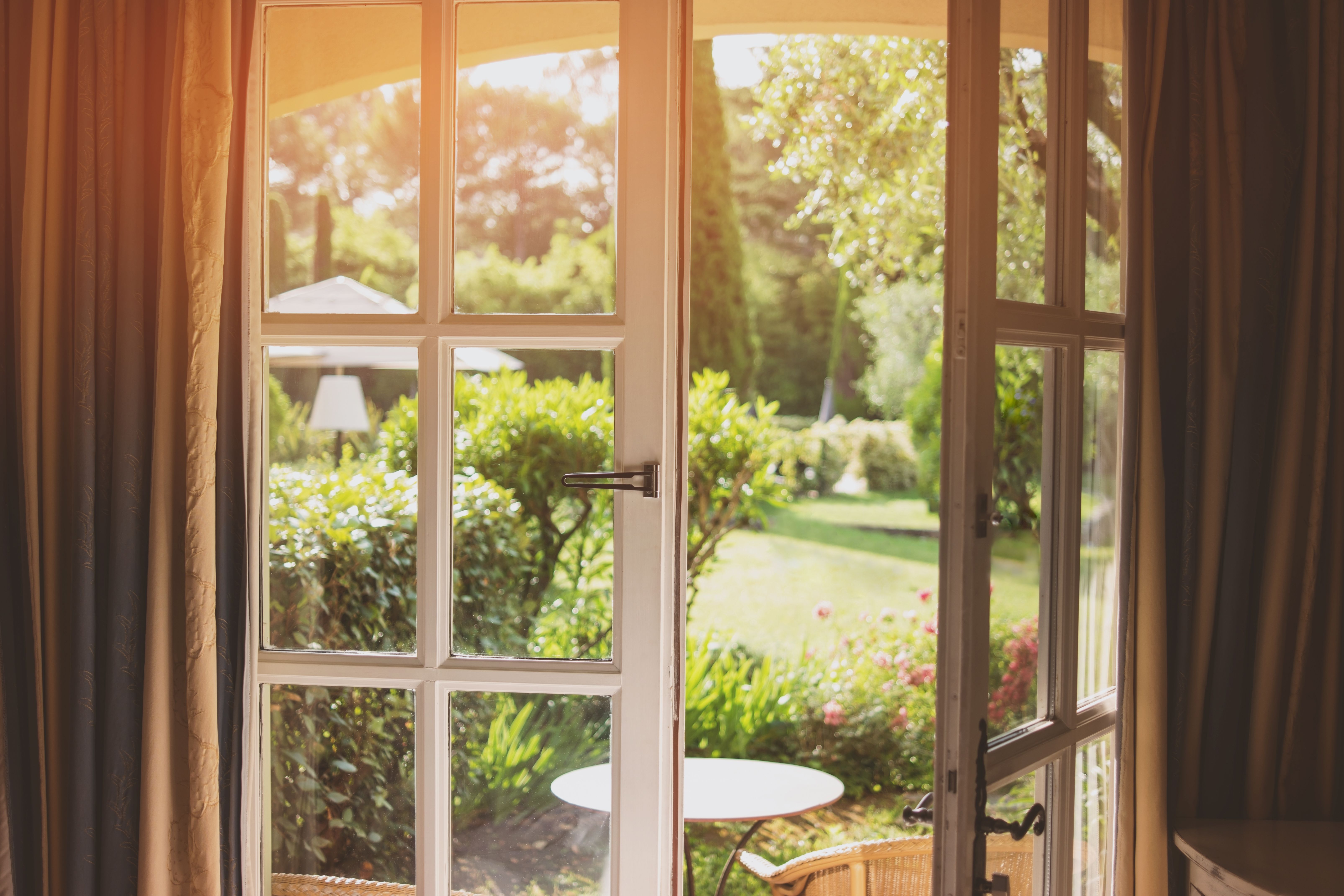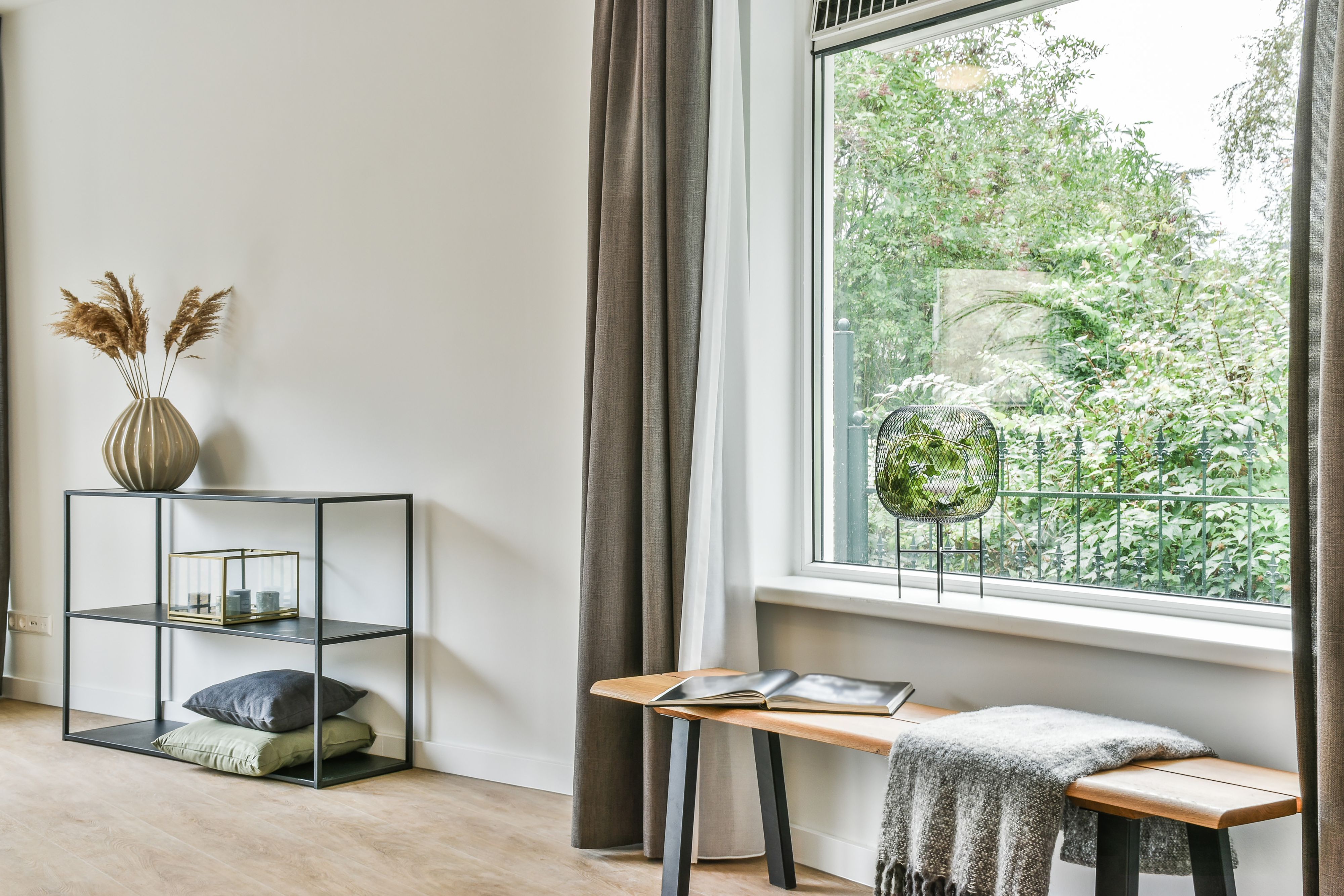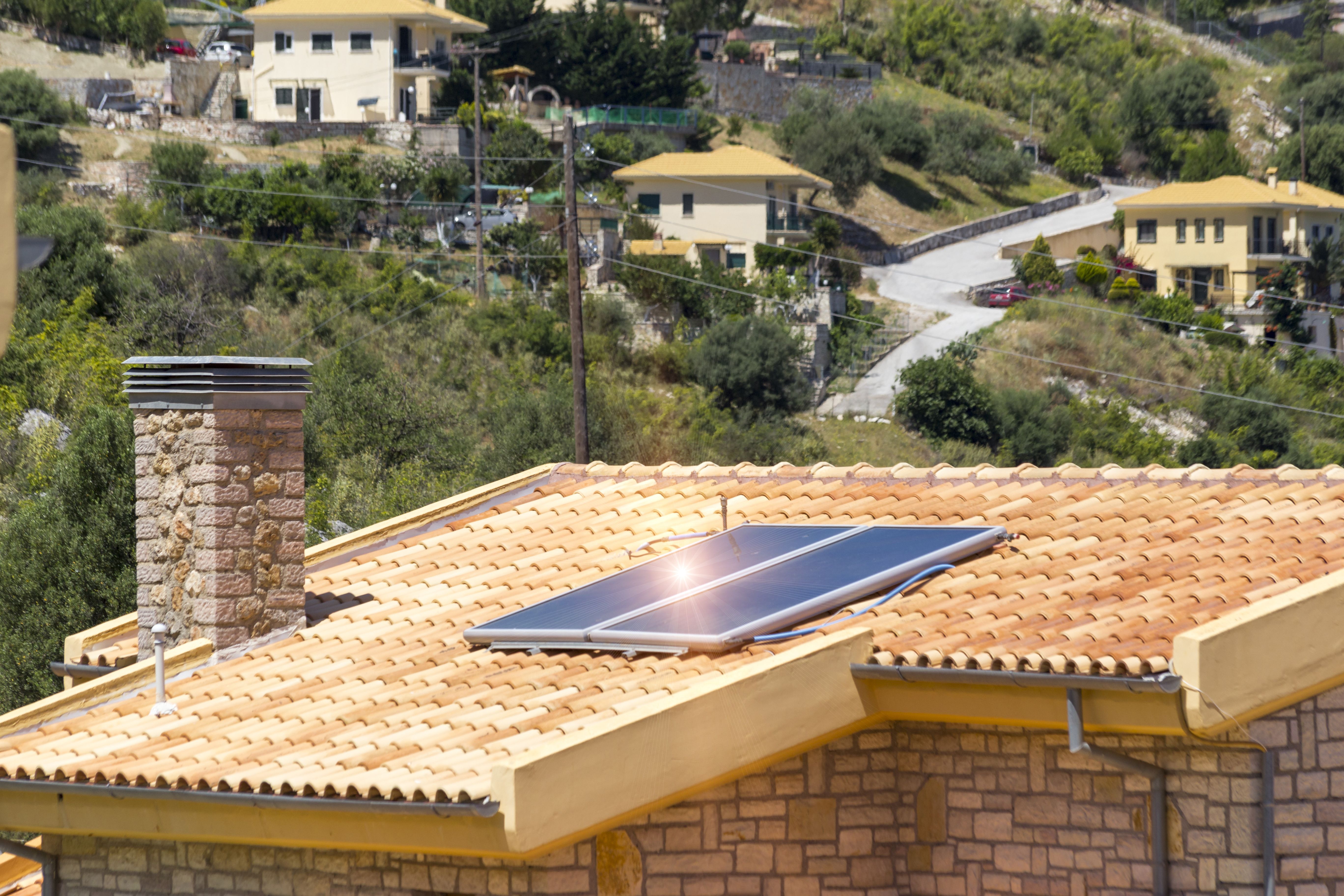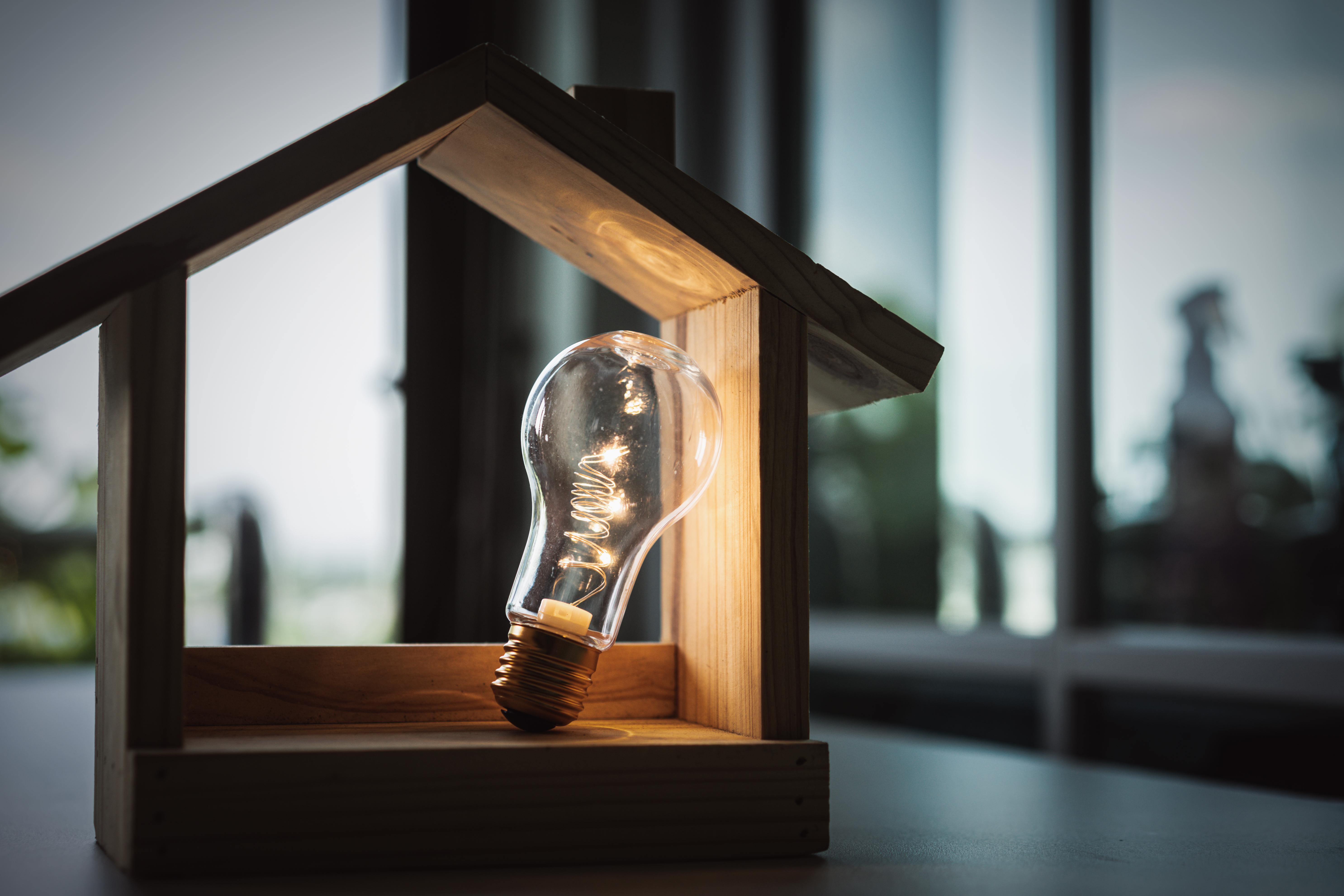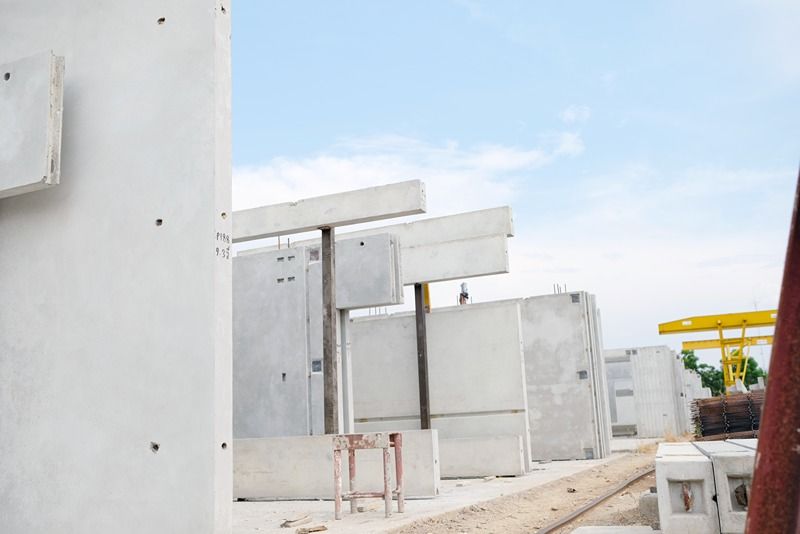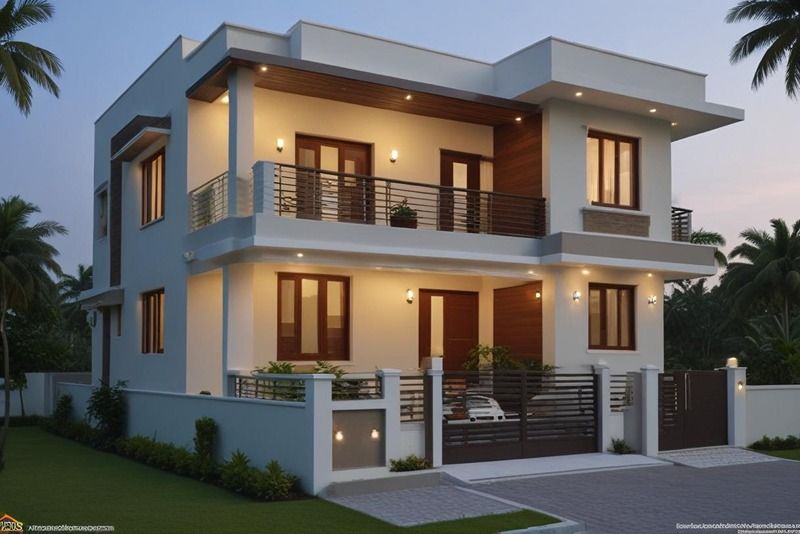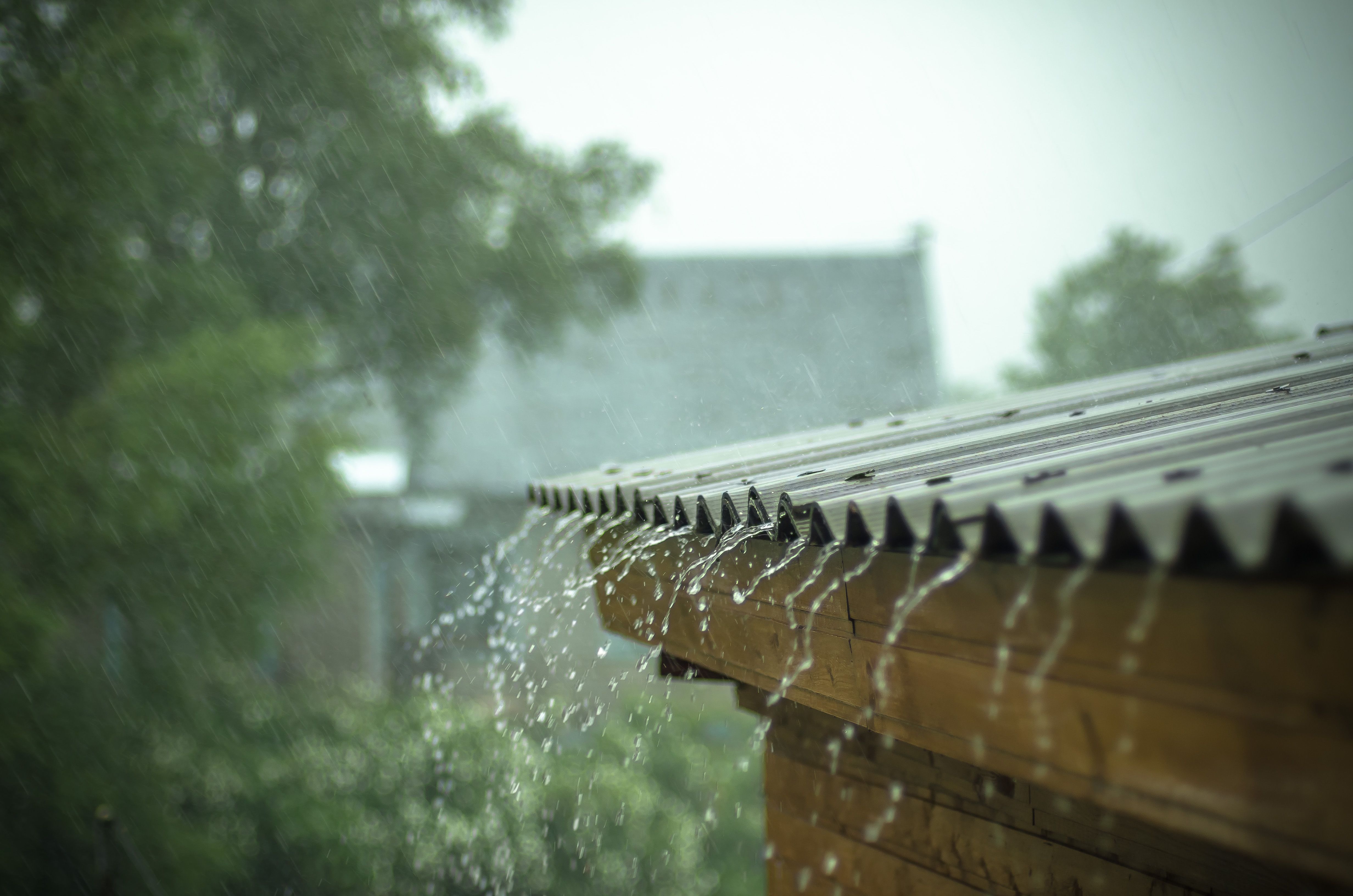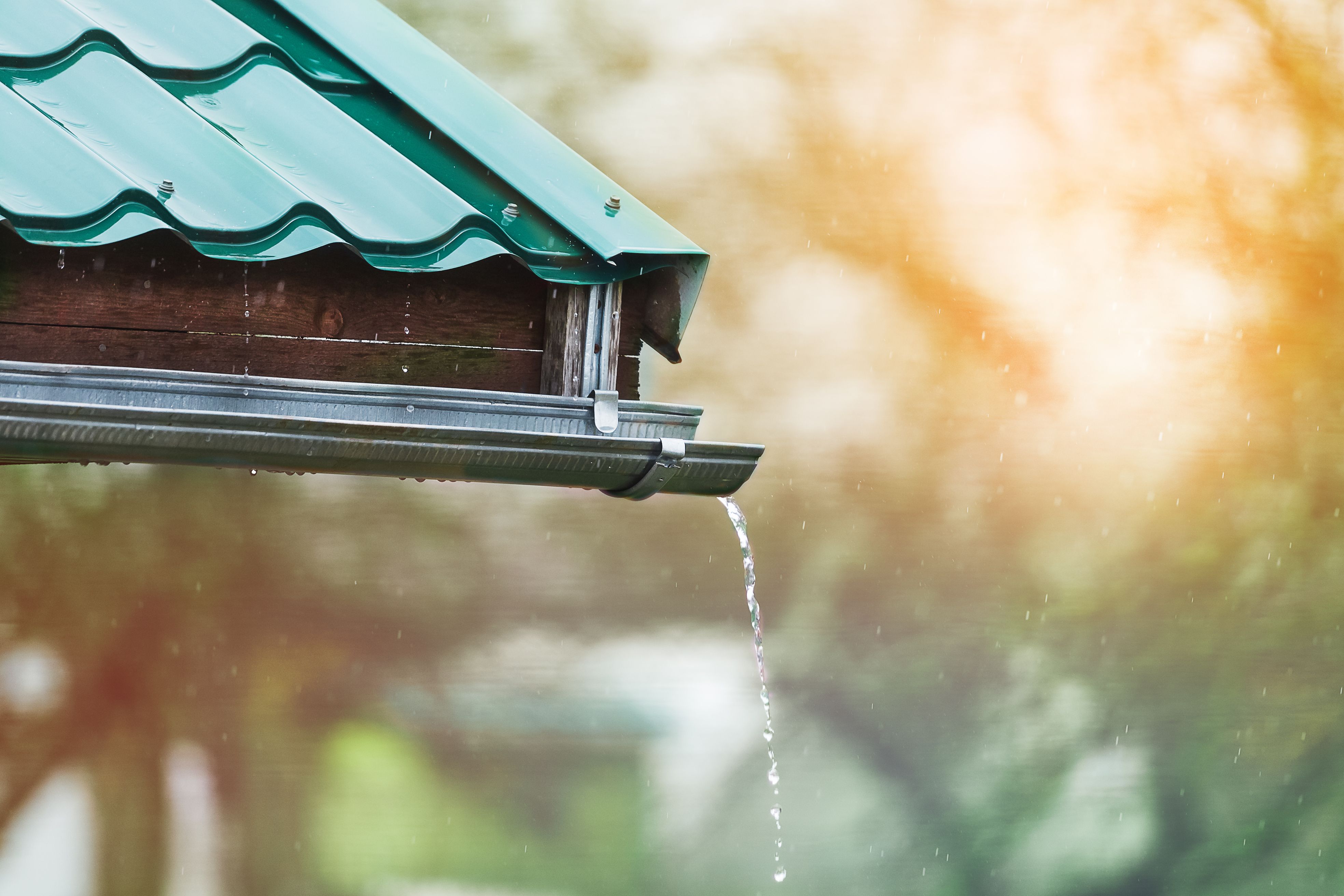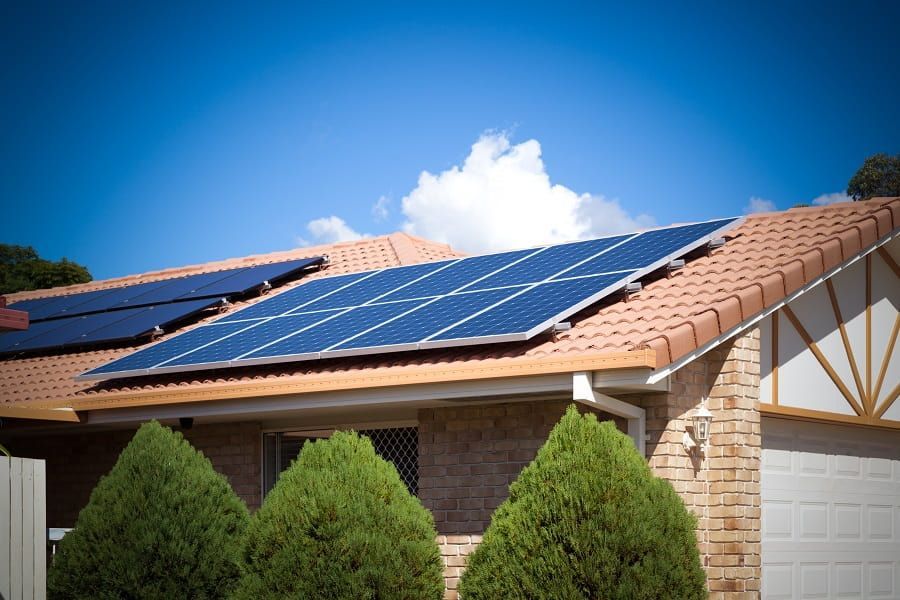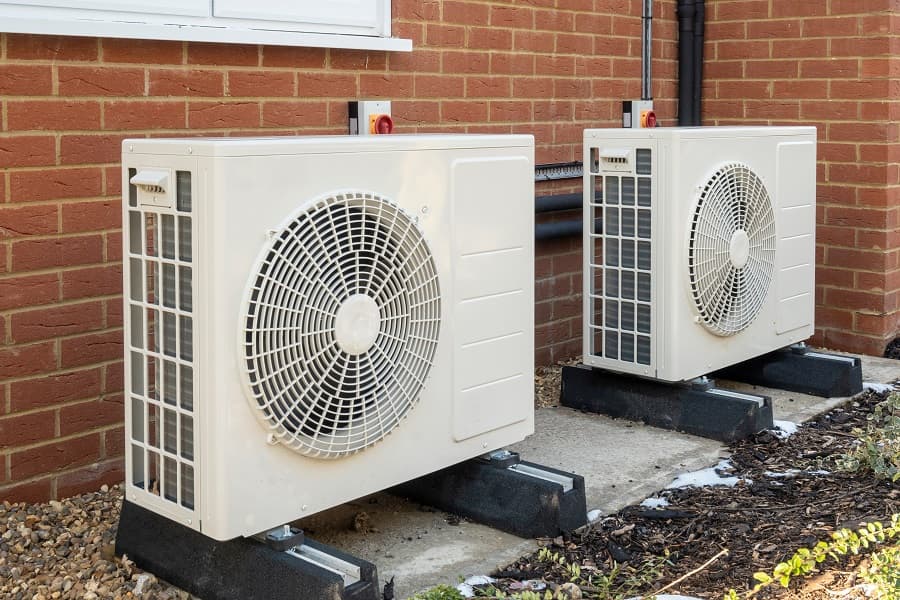Understanding staircase construction
Staircases are more than a functional feature; they contribute to the home’s layout, accessibility, and aesthetic appeal. Proper design and construction are essential for safety and comfort. In India, staircases are usually built from reinforced concrete, as it provides both durability and flexibility in design.
Best practices for staircase construction
Complying with standard dimensions
Follow the standard staircase dimensions to ensure comfort and safety. The average riser height (the vertical part of each step) is 150-175mm, and the tread width (the horizontal part where one steps) should be at least 250mm.
The staircase width should be a minimum of 900mm for residential use, allowing two people to pass comfortably. For better accessibility, consider a width of 1,000mm or more.
Calculating and laying out the staircase accurately
Accurate planning is crucial to staircase construction. Calculate the total rise (floor-to-floor height) and divide it by the riser height to determine the number of steps.
Use a staircase layout tool or template to mark the steps before construction. Accurate marking helps ensure uniformity and reduces errors during construction.
Reinforcing the staircase
Reinforced cement concrete (RCC) is commonly used for staircases due to its strength and durability. Reinforcement bars are placed within the concrete to support the weight and prevent sagging over time.
Ensure the reinforcement is well-planned, with additional support at the landings (the horizontal areas where the staircase changes direction) and the edges of each step to prevent cracks and structural failure.
Ensuring proper slope and headroom
The staircase slope, or angle, should be between 30 and 40 degrees for residential buildings. A steeper angle can make climbing the stairs difficult, while a gentler angle takes up more floor space.
Provide adequate headroom (clear height above the steps) of at least 2 metres to prevent head injuries. Insufficient headroom can create discomfort and even pose safety hazards.
Allowing for handrails and balustrades
Handrails are essential for safety and should be installed on at least one side of the staircase. For wider staircases, consider handrails on both sides.
The height of the handrail should be approximately 900mm from the tread, and it should be securely anchored to support the weight of people using it.
Balustrades or railings should be closely spaced to prevent accidents, especially if there are children or elderly family members in the home.
